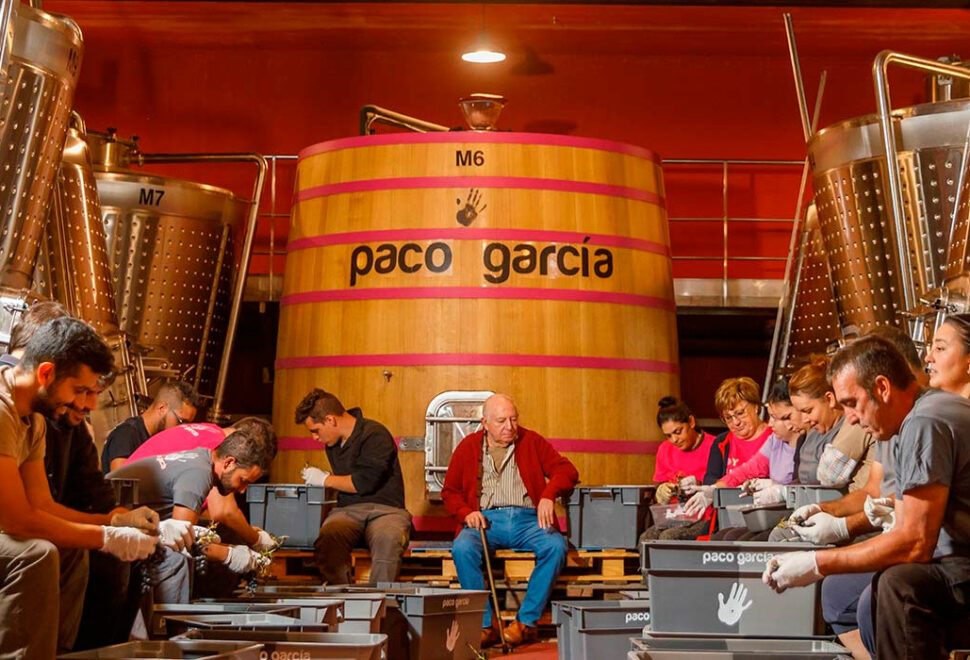21 September, 2017
This winery stands on a Burgos islet in Rioja Alta belonging to the monastery of Santa María de Herrera (Miranda de Ebro). Its 250 hectares are set in a lovely, unspoilt landscape in the foothills of the Obarenes Mountains that features forests and vineyards. The area is sheltered from the strong winds and the cold in lowlands that lend their character to the wines, typical of areas characterised by the oceanic climate.









